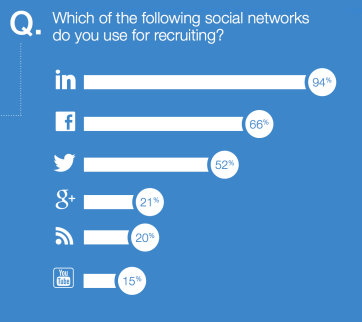
A qualitative approach to authentic online professional profiles: create an authentic fairy-tale through usage
Employers and employees increasingly use online profiles for professional purposes, like recruitment, sackings and verification (JobVite, 2014), raising many strategies through which to develop authentic online professional profile, as the following PowToon discusses:
Each strategy is unified around usage, definable as any user-driven interaction, which unlocks many authenticity strategies.
Continue reading →



















